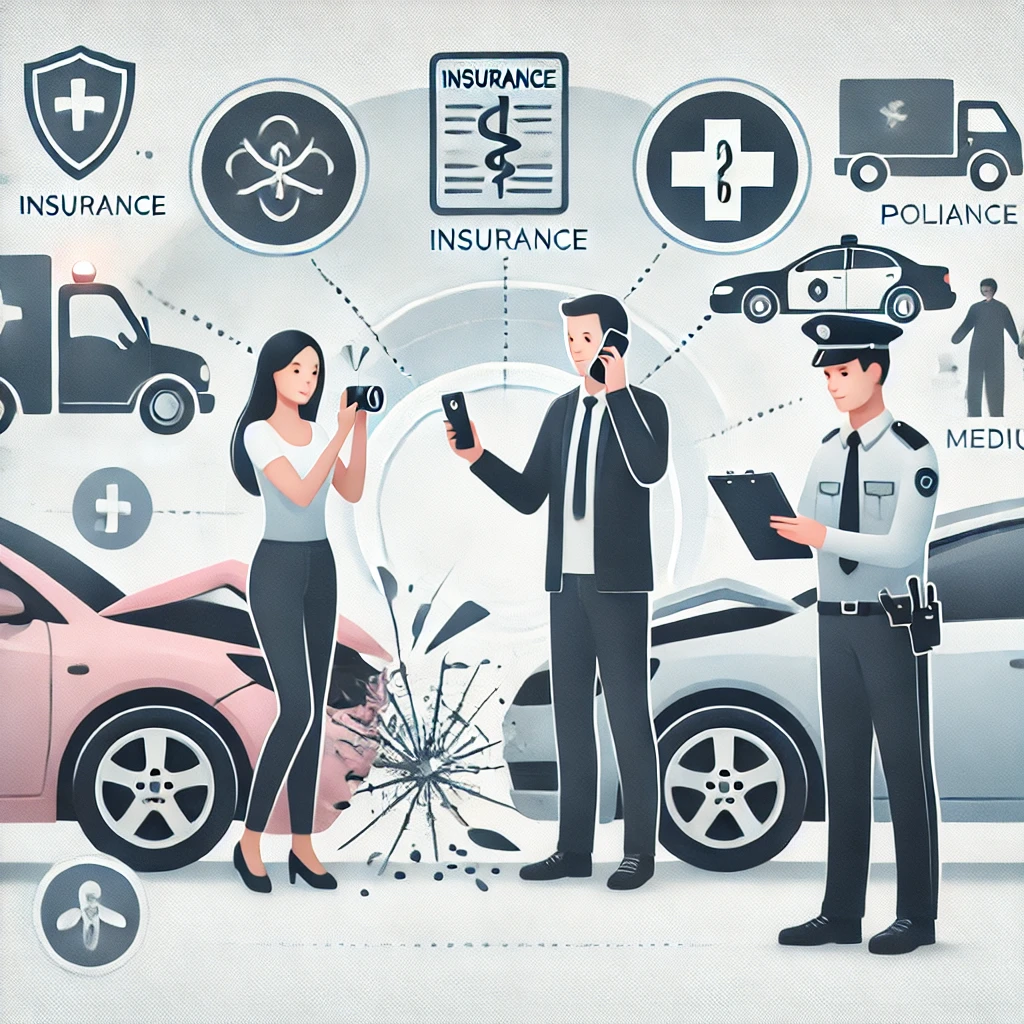
A car accident can be a stressful and overwhelming experience. Knowing what to do immediately after an accident can help protect your safety, simplify the claims process, and ensure your legal rights are upheld. Here’s a step-by-step guide to navigating this challenging situation.
1. Ensure Your Safety
Your safety is the top priority. Move to a safe location, away from traffic if possible, and turn on your hazard lights. If anyone is injured, call emergency services immediately.
2. Call the Police
Even for minor accidents, it’s essential to file a police report. The police will document the incident, which can be critical for insurance claims and legal purposes.
3. Exchange Information
Exchange contact and insurance details with the other driver(s). Make sure to collect:
Full name and contact information
Driver’s license number
License plate number
Insurance company and policy number
Vehicle make, model, and color
4. Document the Scene
Take photos or videos of the accident scene, including vehicle damage, license plates, road conditions, and any visible injuries. Note the date, time, and location of the accident.
5. Avoid Admitting Fault
Do not admit fault or make statements that could be interpreted as such. Stick to the facts when discussing the accident with the other party or the police.
6. Notify Your Insurance Company
Report the accident to your insurance provider as soon as possible. Provide accurate details and share any documentation you’ve gathered.
7. Seek Medical Attention
Even if you feel fine, consider seeing a doctor. Some injuries, like whiplash, may not show symptoms immediately but could have long-term effects.
8. Follow Up on Your Claim
Stay in contact with your insurance company to track the progress of your claim. Provide any additional information they may need and keep records of all correspondence.
Being prepared and knowing what steps to take after a car accident can make a challenging situation more manageable. By staying calm, documenting the scene, and promptly reporting the incident, you can protect yourself and ensure a smoother claims process.